Advanced rose rosette disease (pics)
jean
16 years ago
Featured Answer
Sort by:Oldest
Comments (64)
anntn6b
16 years agoMolineux
16 years agoRelated Discussions
Rose Rosette Disease
Comments (2)I usually replant roses right away to substitute RRD victims. I do it for 5+ years and never had a case of RRD with these new bushes. However, I never had a really advanced case of RRD because my garden is small and I watch my roses carefully. So I usually notice RRD at early stage. I never tried to save a rose by cutting sick canes to the ground. I always dig it out right away. So virus can be not in the roots yet. It could be completely different story, I think, if you plan to replant in the position were rose was sick for long time. The RRD infected pieces of roots can produce some growth that will be also diseased. So in this case I would wait before replanting in the same place. Olga...See MoreI think I have rose rosette disease on a rose.
Comments (17)The virus, unless it was in the graft, comes onto the foliage through mites. It works its way down the cane to the bud union, or roots in that case. No I just got rid of the whole thing, and am still looking for the smaller roots. I really dont think the hairy roots are that much to worry about, but its hard to get all the roots. In my case it was not in the grafted canes yet. If it is an old rose, you might want to replace soil anyway. The concern about roots might be that multiflora can grow from a small root, and many grafted roses in the NE and Canada are on multiflora. Every body is trying to go own root as much as possible because of the infection in MF....See MoreIs this Rose Rosette Disease?
Comments (10)Thank you seil for giving an explanation for your answer. Can you (or others) comment on the following: "It bloomed with a nice lavender bloom a couple of times, then a very pink one (on the other side of the plant.)."...See MoreRose Rosette Disease? (The Generous Gardener)
Comments (4)Upon further reflection, now, while listening to The Creator has a Master Plan ( Pharoah Sanders, with Leon Thomas): nothing that luminous and spectacular would be a disease. So it must be a healthy shoot. Yeah, yeah, yeah, yeah, yeah, yeah, yeah, yeah. https://youtu.be/ViweO33oo2Y...See Moreartemis_pa
16 years agoartemis_pa
16 years agoanntn6b
16 years agoartemis_pa
16 years agoanntn6b
16 years agoartemis_pa
16 years agoanntn6b
16 years agomomscottagegarden
8 years agomudpie7
8 years agoRosefolly
8 years agostillanntn6b
8 years agomomscottagegarden
8 years agostillanntn6b
8 years agostillanntn6b
8 years agomomscottagegarden
8 years agostillanntn6b
8 years agoBuford_NE_GA_7A
8 years agomomscottagegarden
8 years agolast modified: 8 years agomomscottagegarden
8 years agostillanntn6b
8 years agomomscottagegarden
8 years agomomscottagegarden
8 years agoRosefolly
8 years agomomscottagegarden
8 years agomomscottagegarden
7 years agostillanntn6b
7 years agomomscottagegarden
7 years agoLynn-in-TX-Z8b- Austin Area/Hill Country
7 years agostillanntn6b
7 years agoLynn-in-TX-Z8b- Austin Area/Hill Country
7 years agoAnne Zone 7a Northern CA
7 years agomomscottagegarden
7 years agostillanntn6b
7 years agomomscottagegarden
7 years agoBuford_NE_GA_7A
7 years agomomscottagegarden
7 years agomomscottagegarden
7 years agomomscottagegarden
7 years agomomscottagegarden
7 years agosammy zone 7 Tulsa
7 years agomomscottagegarden
7 years agomomscottagegarden
7 years agomomscottagegarden
7 years agomomscottagegarden
7 years agomomscottagegarden
7 years agomomscottagegarden
7 years agomomscottagegarden
7 years ago
Related Stories

GARDENING GUIDESGreat Design Plant: Rosa Banksiae a Low-Maintenance Beauty
This thornless, disease- and insect-resistant rose brings showers of white or yellow flowers to the spring garden
Full Story
GARDENING GUIDESGreat Design Plant: Knock Out Roses
As glorious as their high-maintenance kin for a fraction of the work, Knock Out roses make even beginners look like garden stars
Full Story
GARDENING GUIDESWhat Kind of Roses Should You Grow?
Want to add the beauty of roses to your garden? Find out which ones, from old-fashioned to modern, are right for you
Full Story
GARDENING FOR BUTTERFLIESBe a Butterfly Savior — Garden for the Monarchs
Keep hope, beauty and kindness alive in the landscape by providing a refuge for these threatened enchanters
Full Story
GARDENING FOR BIRDSWhat to Know About Birds Nesting in Your Yard
Learn how to observe, record data and help ornithologists with NestWatch’s citizen science project understand bird trends
Full Story
HOUSEPLANTS8 Essentials for Healthy Indoor Plants
Houseplants add so much to our homes — and can thrive when grown in the right conditions. Keep these tips in mind
Full Story
GARDENING FOR BUTTERFLIES3 Ways Native Plants Make Gardening So Much Better
You probably know about the lower maintenance. But native plants' other benefits go far beyond a little less watering and weeding
Full Story
HOLIDAYSHouzz Call: Share Your Personal Holiday Traditions
What winter rituals mean the most to you and yours? Post your stories and pictures
Full Story
DREAM SPACESJust a Few Things for the Dream-Home Wish List
A sunken hot tub, dedicated game room, tree house, hidden wine cellar and more. Which of these home luxuries would you like best?
Full Story
MOST POPULAR20 Ideas for Easygoing Summer Parties
Ditch the fancy and fussy in favor of laid-back entertaining that leaves you more time to enjoy the fun
Full Story


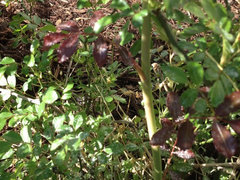
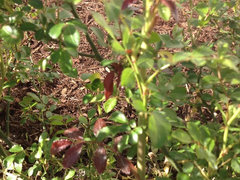
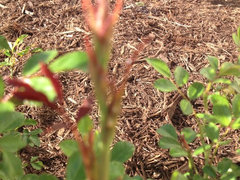
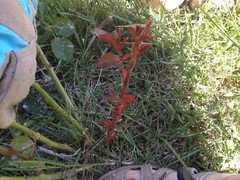
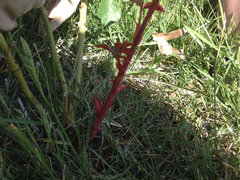


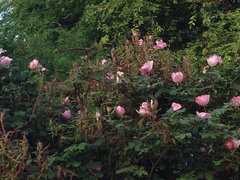





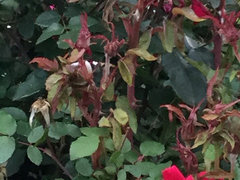



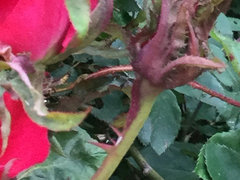

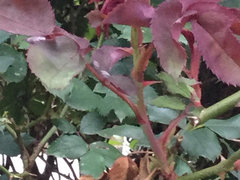
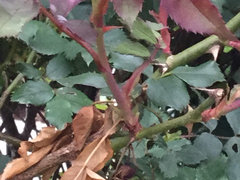

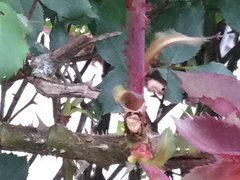

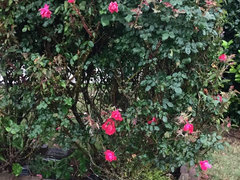

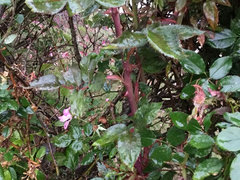
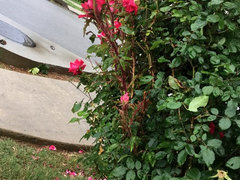
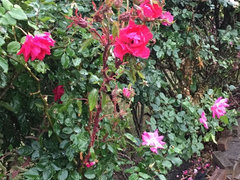
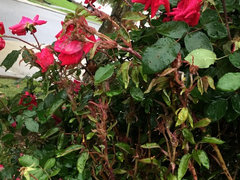



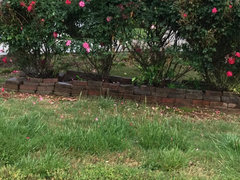



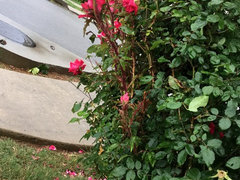
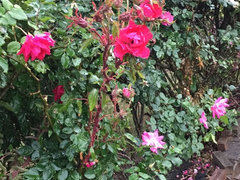
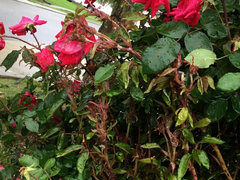




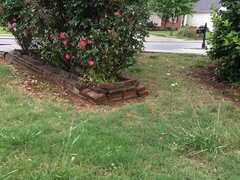

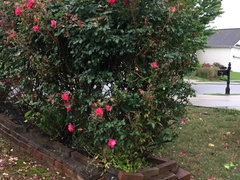
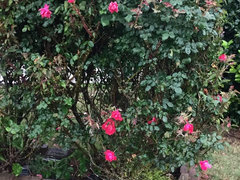




momscottagegarden